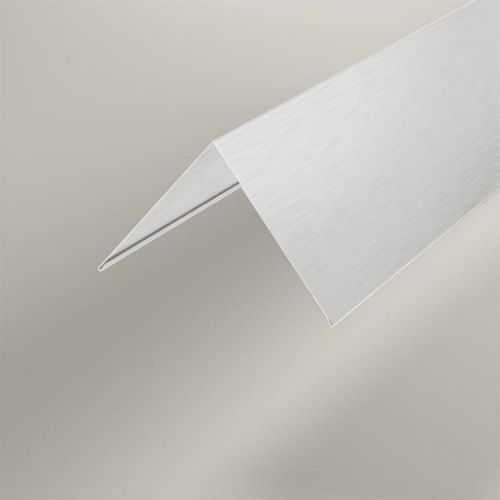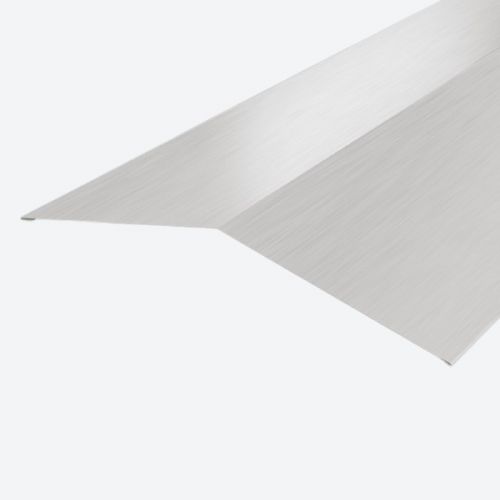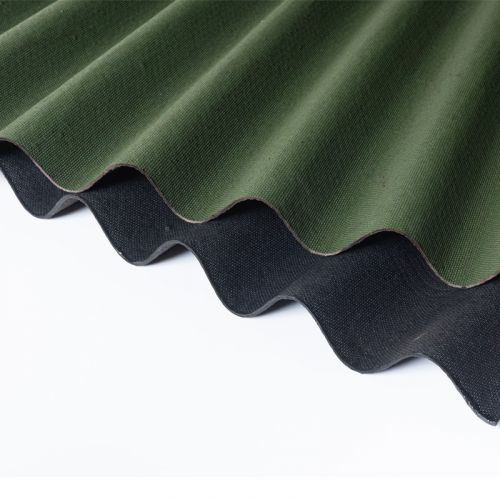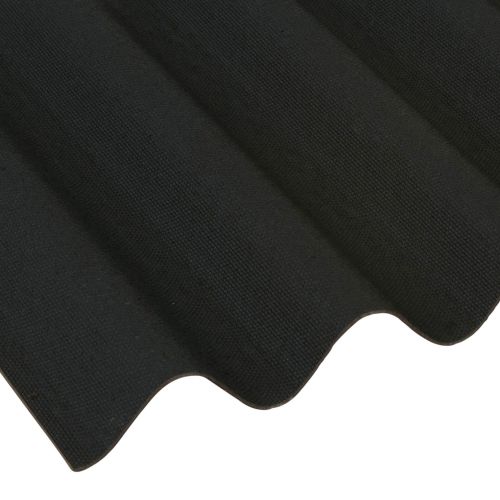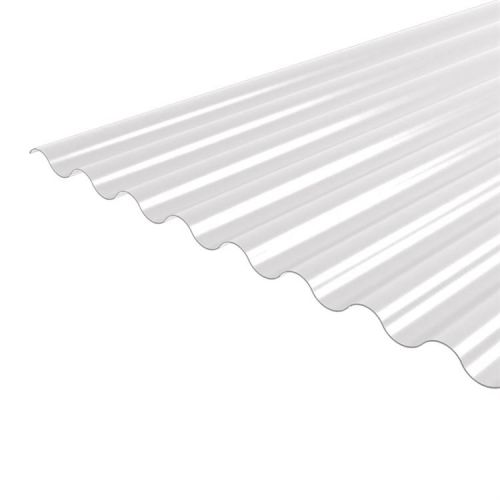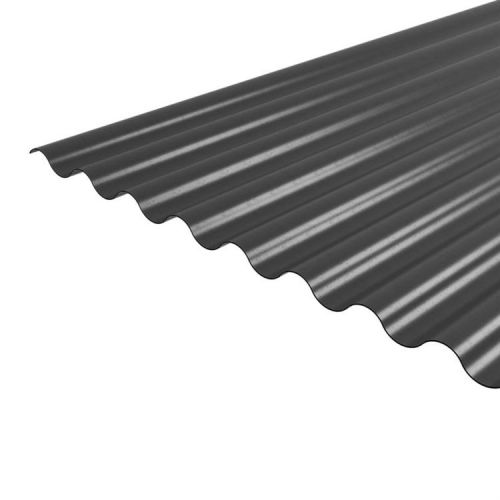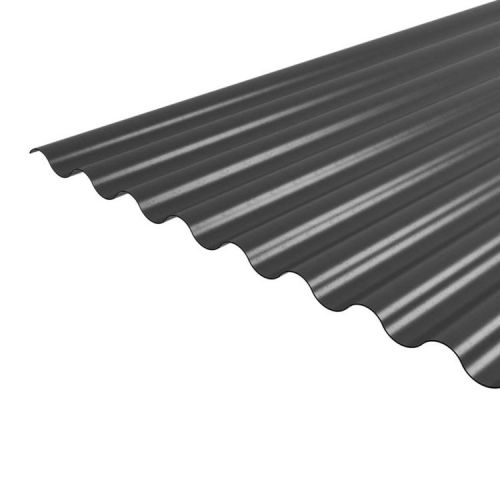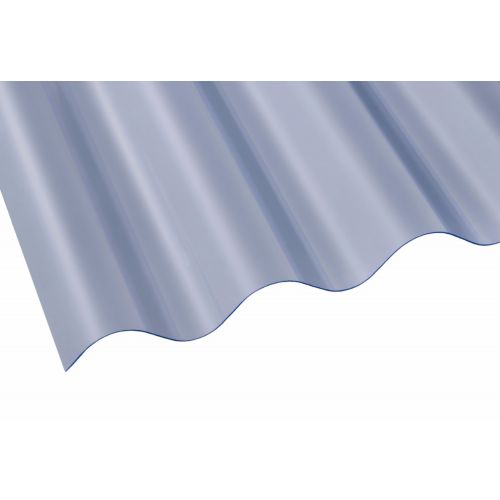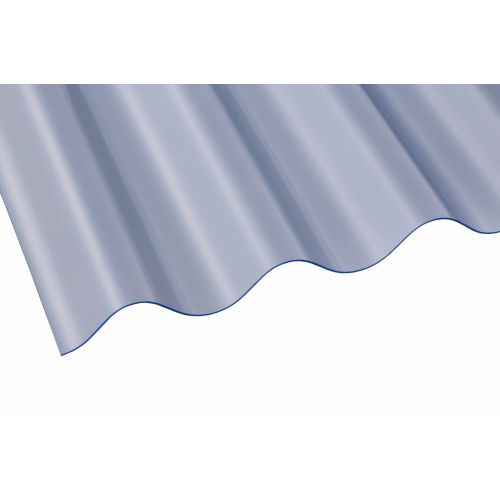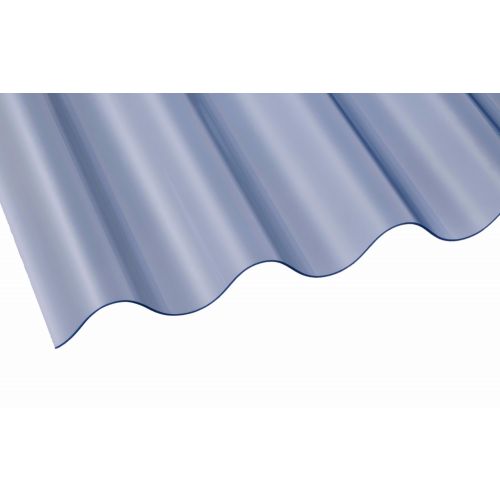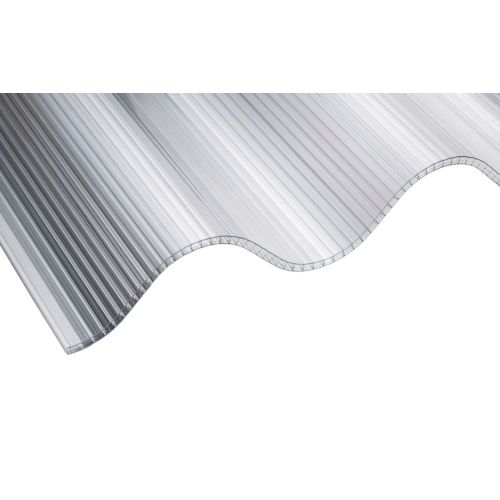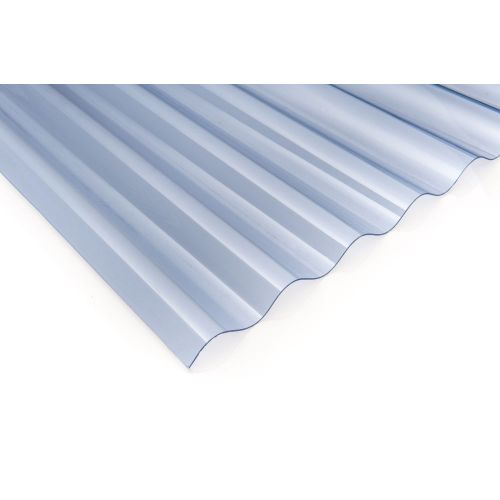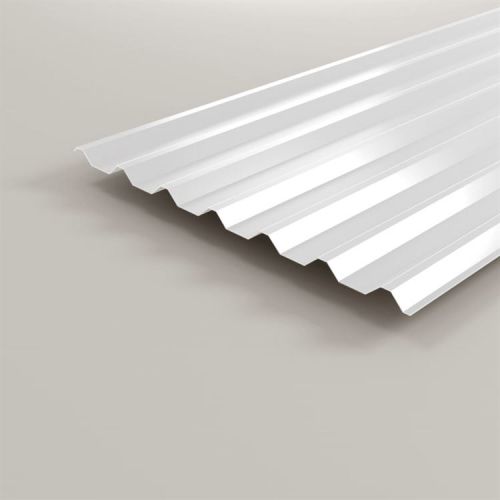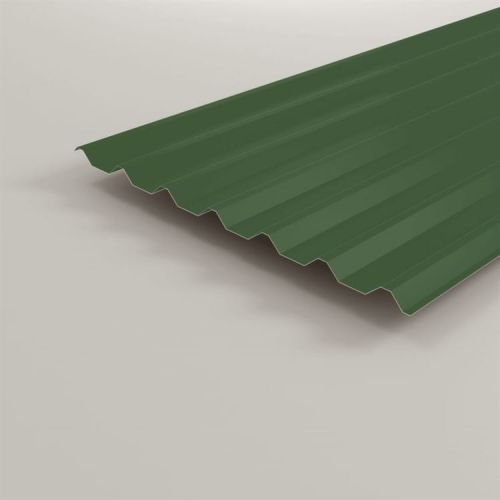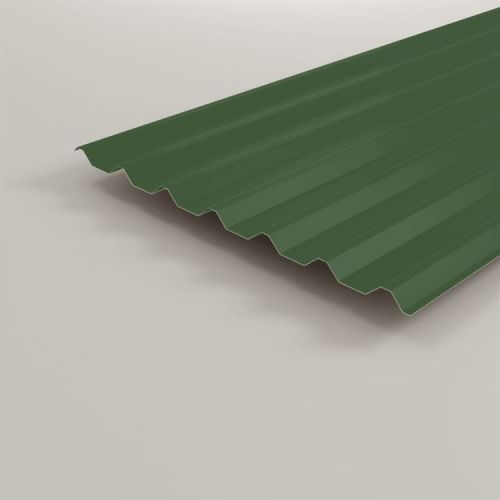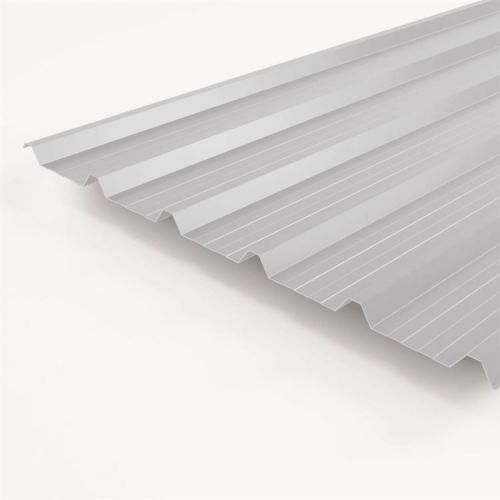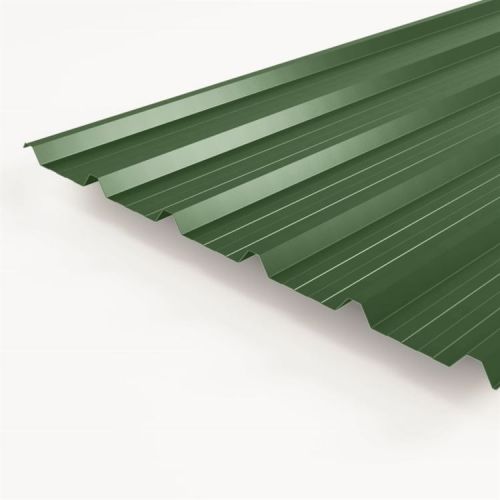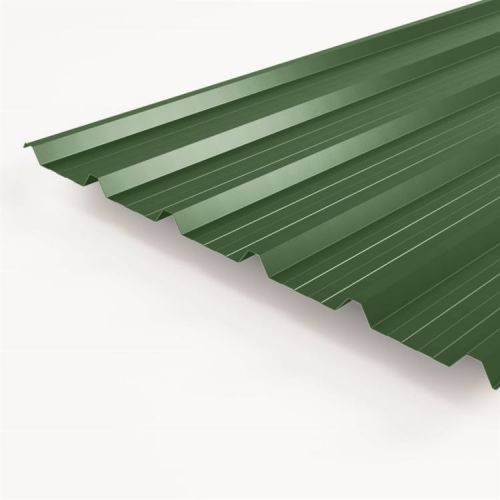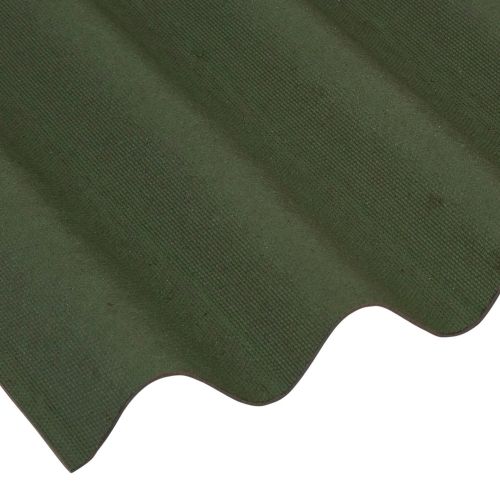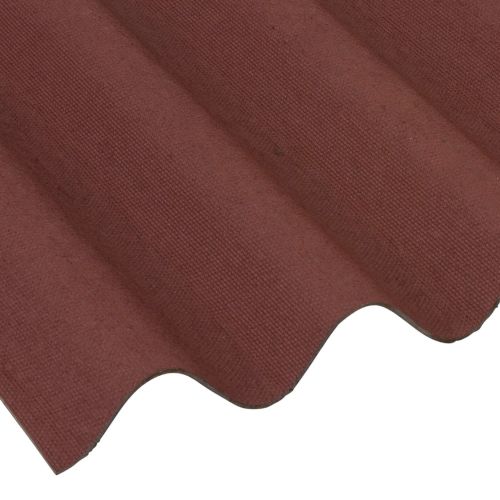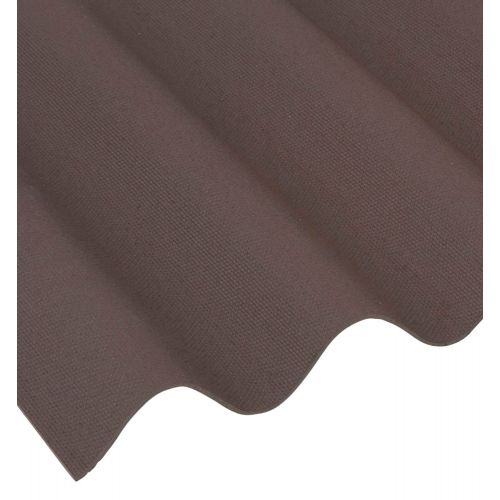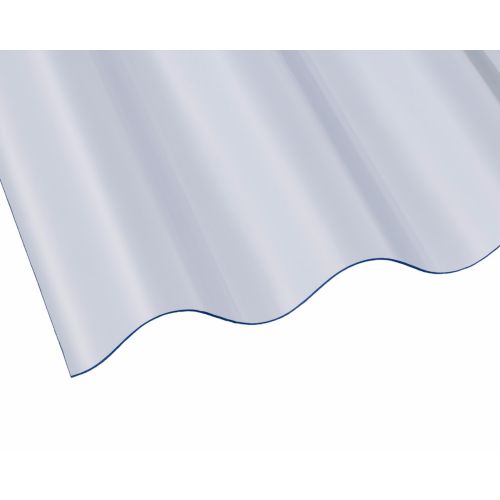Corrugated Roofing Sheets
Corrugated roofing sheets are some of the most durable roofing materials available. This is thanks to their corrugated form factor, which helps to maximise their strength and withstand serious impacts. The corrugations also allow water to run off eas...
Shop by range:
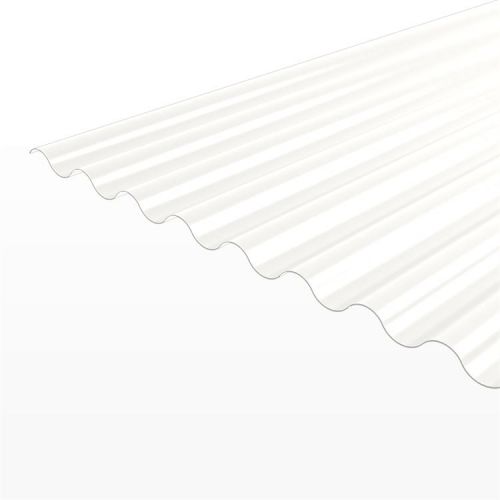
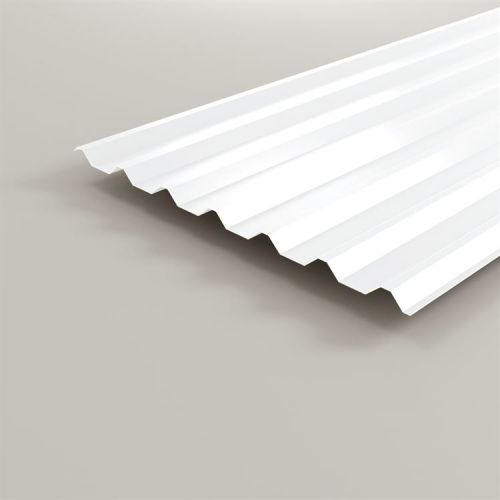
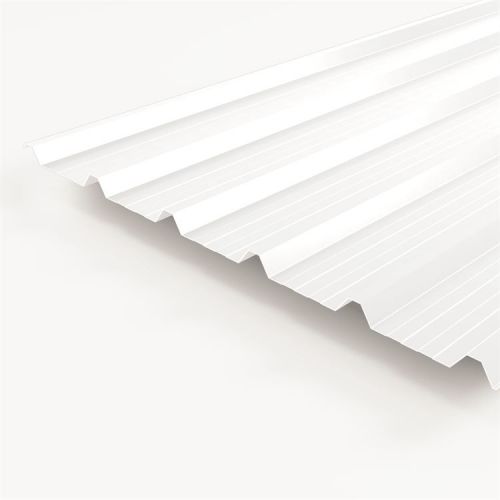


Frequently Asked Questions
We know buying roofing materials can be daunting, especially when ordering online. Here are some of the most common questions we receive from customers when they’re shopping for corrugated roofing sheets.
What Is Corrugated Roofing?
Popular amongst both tradespeople and DIYers, corrugated roofing is a highly durable roofing solution, designed for use on small and larger projects. The sheets are available in a wide variety of colours, profiles, thicknesses and sizes to perfectly accommodate a number of applications including carports, garden buildings, sheds, commercial warehouses, agricultural buildings and more.
Corrugated roofing sheets are manufactured from a multitude of materials including PVC, galvanised steel, polycarbonate, fibre cement and bitumen, and pressed into a wave-like profile. Robust and durable, the sheets provide excellent weather and impact resistance for your roofing structure, effectively protecting it against adverse weather conditions all year round.
Why Are Roofing Sheets Corrugated?
From aesthetics and style to durability and strength, the ‘wave’ like profile in roofing sheets offers a number of different benefits for your roof structure.
Firstly, the larger surface area and corrugated design allow the sheets to disperse weight from heavy force more evenly across the surface, improving the stability and durability of the roof. Thanks to this additional strength, corrugated roofing is also often very thin which makes it significantly lighter than other sheets.
What’s more, the corrugated waves also allow water to shed from the roof surface very easily, minimising the risk of leakages and water damage.
In terms of visual appeal, many find the corrugated look adds a stylish and classic appeal to a roof structure, especially on farm buildings.
What Is the Best Corrugated Roofing?
Each roofing material boasts its own unique advantages and features that make it suited for different applications. A popular favourite of ours, however, is the corrugated bitumen sheets.
Starting at just £5 square metre, corrugated bitumen sheets are cost-effective and practical, whilst offering exceptional durability and weather resistance all year round. They are easy to install so perfect for the DIY homeowner, plus require very little maintenance over their impressive 15 year lifespan.
Due to their versatility, corrugated bitumen sheets can be utilised in a wide range of projects including carports, sheds, summerhouses, garages, stables and more. The range of colours and sizes give you the freedom to accommodate your style to your roof minus the hassle.
Are Corrugated Roofing Sheets DIY Friendly?
Yes, a user-friendly design and large surface area, corrugated roofing sheets are one of the easiest roofing materials to fit DIY. As you need only a few sheets in comparison to other materials, they are significantly faster to install plus require no specialist tools or techniques. Their lightweight structure makes them easy to handle and work with so are perfect for any avid DIYer looking to start their own project from home.
How Much Should Corrugated Roofing Overlap?
The ‘wave’ like profile of corrugated roofing sheets allow them to overlap easily with each other when installed. It is important to overlap corrugated sheets, as this will help prevent water ingress into the building below and enhance structural stability.
Although the general rule is to allow at least one corrugation for overlapping, this will depend on the pitch of your roof which will be supplied in your manufacturer’s guide.
For 10° pitches, an overlap of 150mm is generally recommended whilst 300mm is typically advised for 5° pitches.
The overlapping should be done in the direction of the wind. For example, if the wind blows from the east, overlap the left sheets on to the right. Doing this will stop wind from blowing the sheets apart during fitting.






